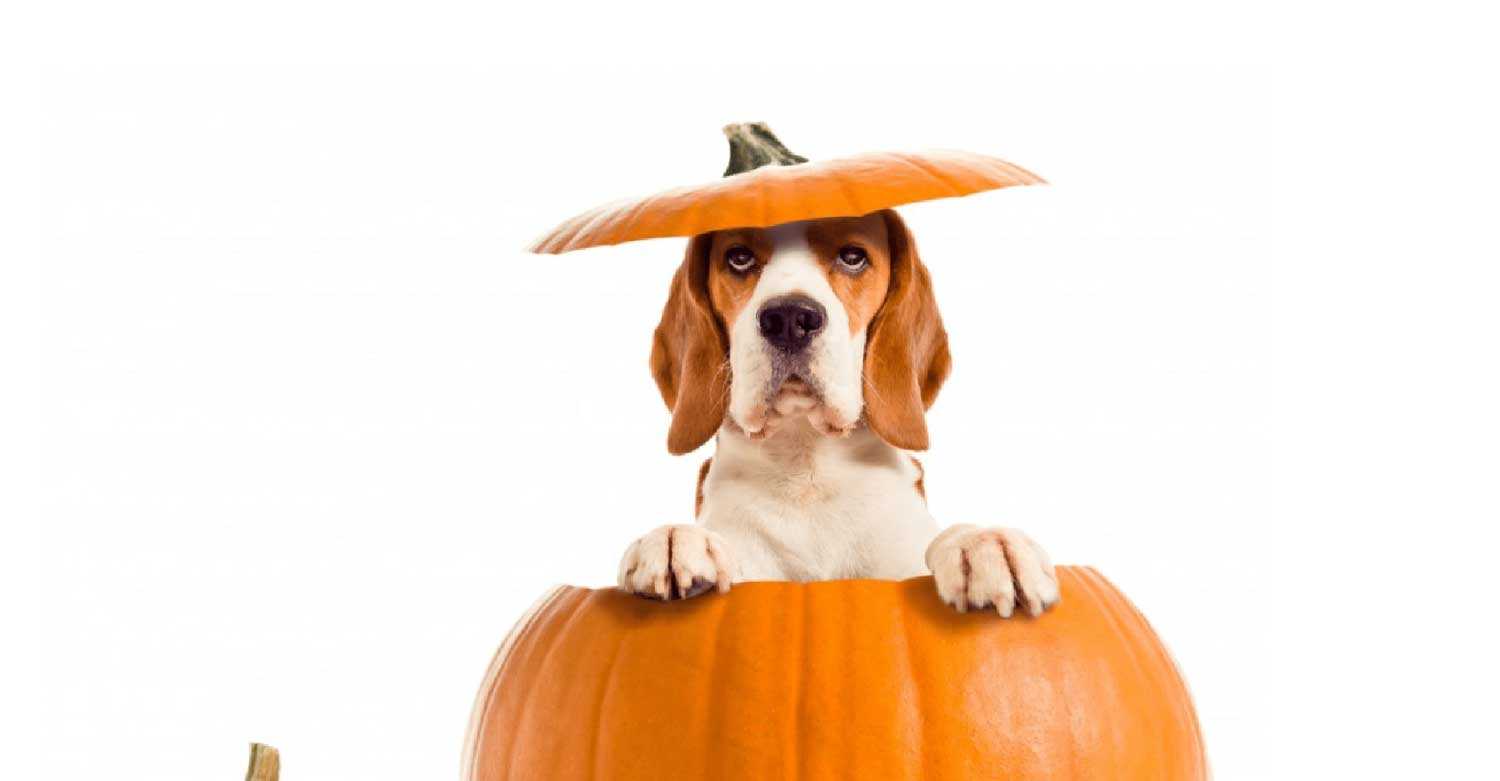
Halloween brings joy and excitement to millions of children and adults every year, unfortunately that is not always the same experience for our pets. Pets exposed to Halloween treats or decorations have the potential to develop life-threatening complications. During the week of Halloween, calls to the Pet Poison Helpline pertaining to chocolate, candy overindulgence, raisins and candy wrappers increase by 12 percent, making it the call center’s busiest time of year.
Chocolate
Of all candy, chocolate is one of the most toxic to pets. Last year alone, more than 1,100 calls to Pet Poison Helpline involved exposure to chocolate and 98 percent of them involved dogs. Many dogs are inherently attracted to the smell and taste of chocolate, making it a significant threat. In general, the darker and more bitter the chocolate, the more poisonous it is. The chemicals in chocolate that are dangerous to pets, methylxanthines, are similar to caffeine and more heavily concentrated in the darker varieties. In fact, a 50-pound dog can be sickened by ingesting only one ounce of Baker’s chocolate! To avoid issues, keep Halloween candy well out of the reach of pets at all times. If you think your pet may have ingested chocolate, symptoms to watch for include vomiting, diarrhea, lethargy, agitation, increased thirst, an elevated heart rate, and in severe cases, seizures.
Grapes and Raisins
Perhaps the least know danger for pets during Halloween is that of grapes and raisins. Some people prefer to distribute healthy snacks instead of candy on Halloween, such as mini-boxes of raisins. These are extremely poisonous to dogs! Very small amounts of raisins (and grapes) can cause kidney failure in dogs and, potentially, cats. When it comes to your pets, raisins deserve the same pet-proofing treatment as chocolate – stored in secure containers far from their reach. Unfortunately, some dogs develop idiosyncratic reactions at any dose – in other words, they can ingest any amount and potentially be poisoned. Therefore, any ingestion of raisins or grapes should be treated as a “poisoning” case. Symptoms include vomiting, nausea, decreased appetite, lethargy, abdominal pain, and severe kidney failure.
Candy Overindulgence
Pets are indiscriminate when it comes to eating treats and will sometimes gorge themselves on snacks and food meant for humans. Large ingestion of high fat and high sugar candies may lead to pancreatitis after several days. Pancreatitis is a life-threatening, painful disease that can require multiple days of hospitalization and care. Special attention should be paid to breeds ingesting candy who may already be predisposed to pancreatitis like the miniature schnauzer or Yorkshire terrier. Symptoms include decreased appetite, vomiting, diarrhea, lethargy, abdominal pain, and potentially, kidney failure or organ damage.
Candy Wrappers, Costumes and Glow Sticks
Candy wrappers, Halloween ornaments or costumes have the potential to cause gastrointestinal obstruction. Generally when pets eat candy, they don’t bother to remove the wrappers. Ingestion of foil and cellophane wrappers can cause a life-threatening bowel obstruction, which if severe, can require surgical intervention to correct. Watch for vomiting, decreased appetite, not defecating, straining to defecate, or lethargy. X-rays may be necessary to diagnose this problem.
Pets look cute dressed in costumes, but they might not enjoy it as much as their owners. If you dress your pet in a costume, be sure it doesn’t impair his vision, movement or air intake. If the costume contains metallic beads, snaps or other small pieces, be aware that if ingested, some metals (especially zinc and lead) can result in serious poisoning. Also, don’t be tempted to dye or apply coloring to your pet’s fur. Even if the dye is labeled non-toxic to humans, it could still be harmful to pets.
Pet Poison Helpline has reported an increase in calls pertaining to glow sticks. Cats appear to have an affinity for chewing and puncturing these products. While not usually life-threatening, their contents can cause pain and irritation in the mouth, as well as profuse drooling and foaming at the mouth.
Keep Your Pets Safe
It doesn’t take much during the Halloween Season to avoid issues and help keep your pets safe. Pay attention to your pets, keep Halloween candy well out of the reach of pets at all times. If you think your pet may have ingested chocolate, symptoms to watch for include vomiting, diarrhea, lethargy, agitation, increased thirst, an elevated heart rate, and in severe cases, seizures. The veterinarians at Pet Poison Helpline suggest that you get help sooner than later. It’s always easier, less expensive, and safer for your pet to be treated earlier, versus when he’s showing severe symptoms. Contact your veterinarian or Pet Poison Helpline immediately at 855-764-7661.
